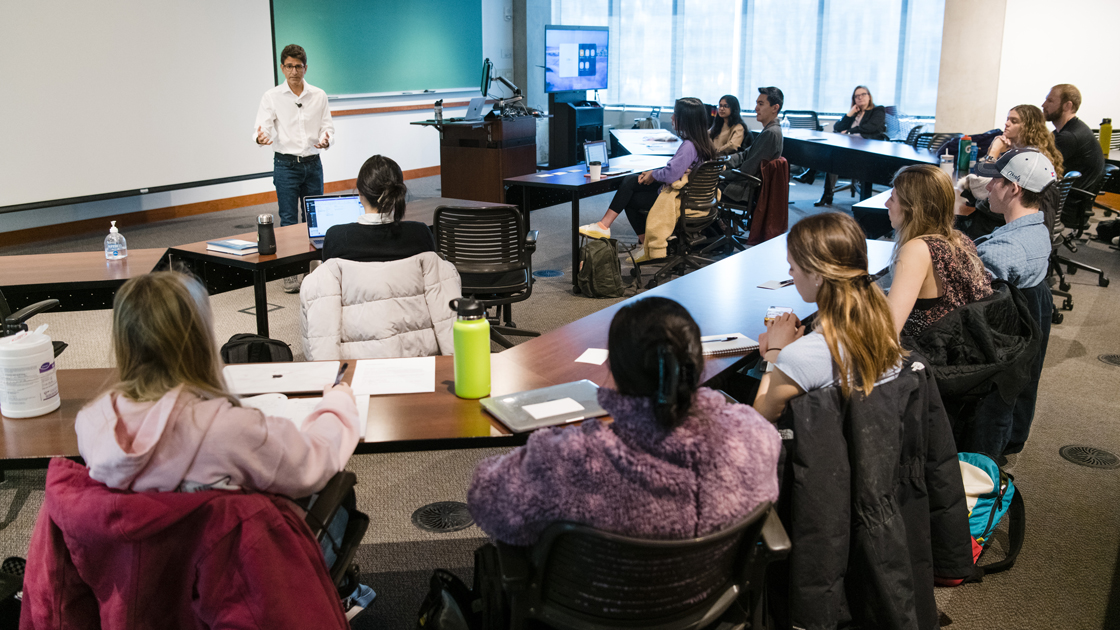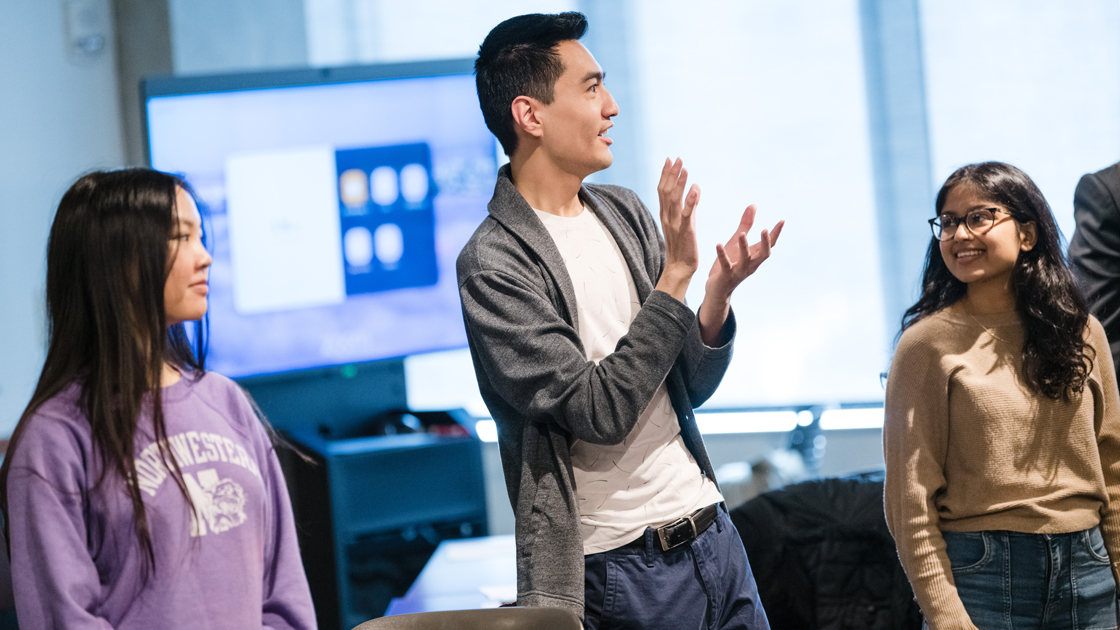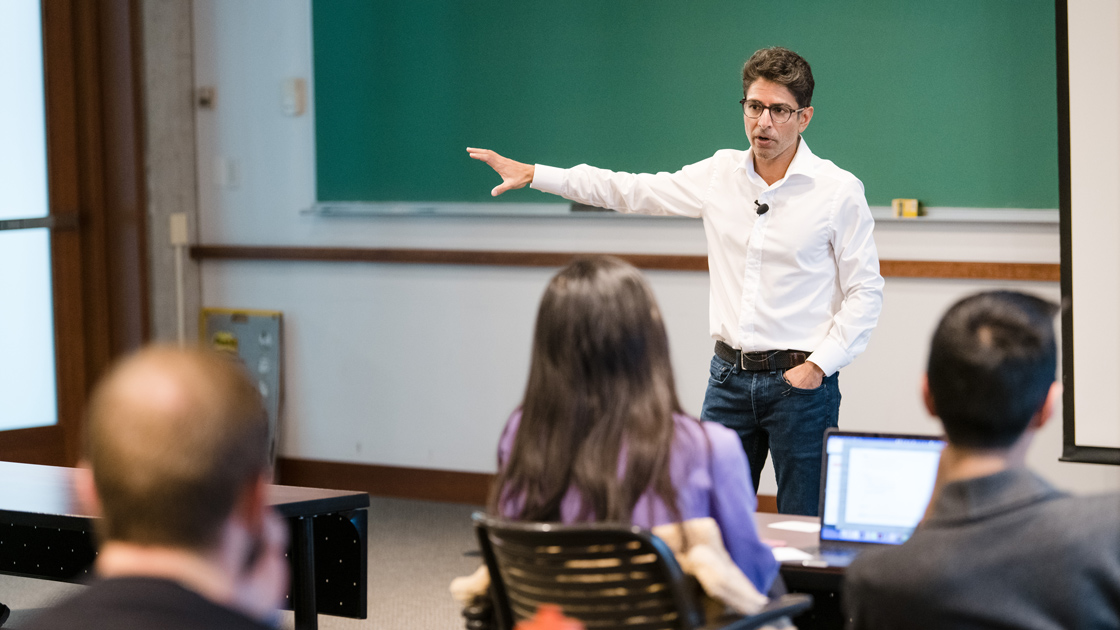Becoming 'Backable': The Art and Science of Inspiring Belief
In the Farley Center’s new course, Backable: Building an Innovation Practice, students learn how to inspire and motivate from author Suneel Gupta and Chicago’s famed Second City.
Ask Suneel Gupta how his recently introduced course at the Farley Center for Entrepreneurship and Innovation came to be, and he responds with a line extracted not from his own bestselling book, Backable (Little, Brown and Company, 2021), but from Paulo Coelho’s The Alchemist: “When you want something, all the universe conspires in helping you to achieve it.”

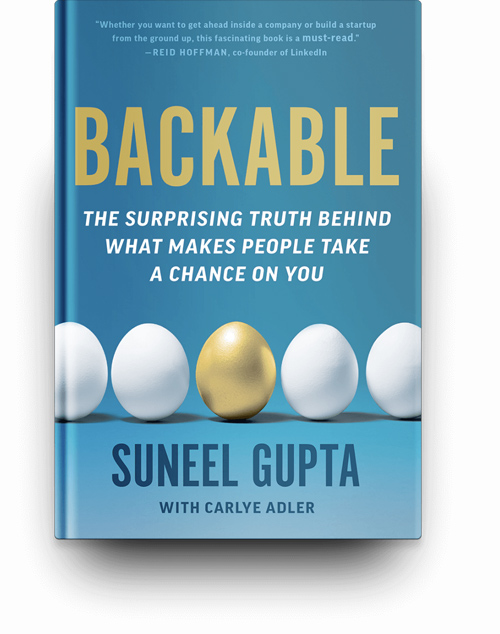
Gupta never had visions of teaching at Northwestern University, the institution where he earned JD and MBA degrees. But a serendipitous discussion between the Farley Center and leaders at the Second City, Chicago’s famed home of improvisational comedy, sparked the creation and launch of a new course called Backable: Building an Innovation Practice.

The collaborative effort taught students the subtle art and behavioral science of expressing new ideas in persuasive, encouraging ways to spur action.
“What Anne and I dove into was not only the mindset, but just the humanness of what it means to share your idea and try to really inspire other people to believe in it,” Gupta says.
Over the 10-week course, students created and practiced pitches incorporating lessons on self-disclosure, inclusion, and personal storytelling. Gupta says many people who pitch their ideas only speak about the business aspects and ignore the soul-connecting humanity that most resonates.
“As a result, you end up giving a very forgettable pitch,” he says. “If you want to be that disruptor . . . you have to show them who you are.”
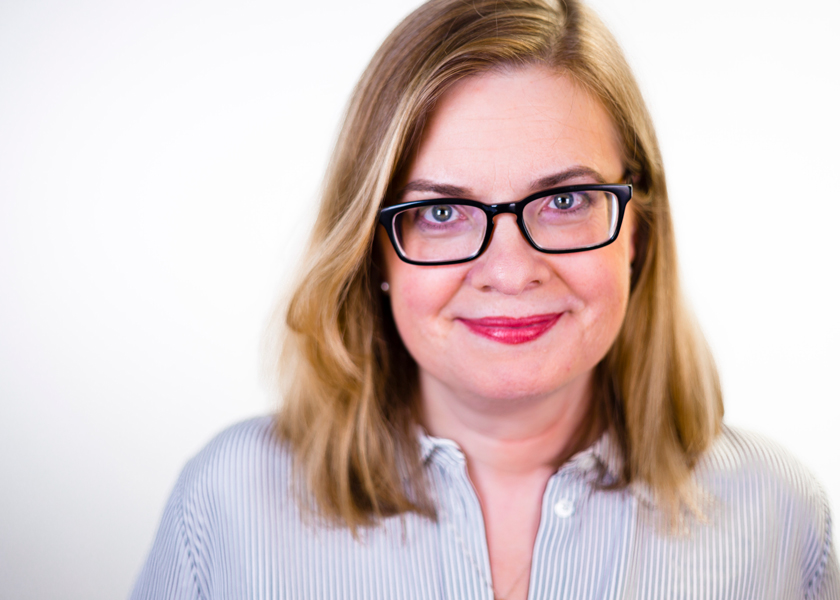
Libera, for her part, integrated battle-tested improv exercises applying many of Gupta’s Backable insights through activities that taught students how to remain in the moment, monitor others, and build through collaboration.
“You can use these exercises to practice being better at communicating and convincing, and at being a better human in general,” Libera says.
During the course, students maintained a practice journal to reflect on skills they tested and heard from guest speakers like Ai-jen Poo, president of the National Domestic Workers Alliance, who discussed the importance of deep listening and persuasion in her advocacy work.
Senior journalism major Dan Hu says Backable was unlike any other class he has taken while pursuing his entrepreneurship minor at Farley. While Hu recognized the power of storytelling and appealing to people’s emotions from his journalism studies, he found himself immediately applying lessons from Backable to his leadership roles at EPIC, Northwestern’s entrepreneurship student group, and the Yappie, a nonprofit newsroom reporting on Asian American politics. At both evolving organizations, Hu is now employing strategies learned in Backable to drive buy-in and foster deeper collaboration.
“My job is to convince other people to actually join in and want to help,” Hu says.
For Stephanie Shields, a junior studying political science and entrepreneurship, Backable delivered a powerful lesson about separating generation and analysis. Rather than staring at blank paper and contemplating the perfect opening line for a term paper, for instance, Shields now understands the benefit of releasing idea after idea.
“You’re removing that piece of your brain automatically fighting your creative juices, and you just flow,” Shields says.
While the course is perhaps most connected to the startup world, Gupta champions the idea as one that extends beyond the workplace and into family and community life as well—another lesson he hopes the students embraced.
“We’re always coming up with new visions, new ideas of how we want to live our lives, and how we want the people we love to be a part of that,” he says.
Photography by Jason Brown


